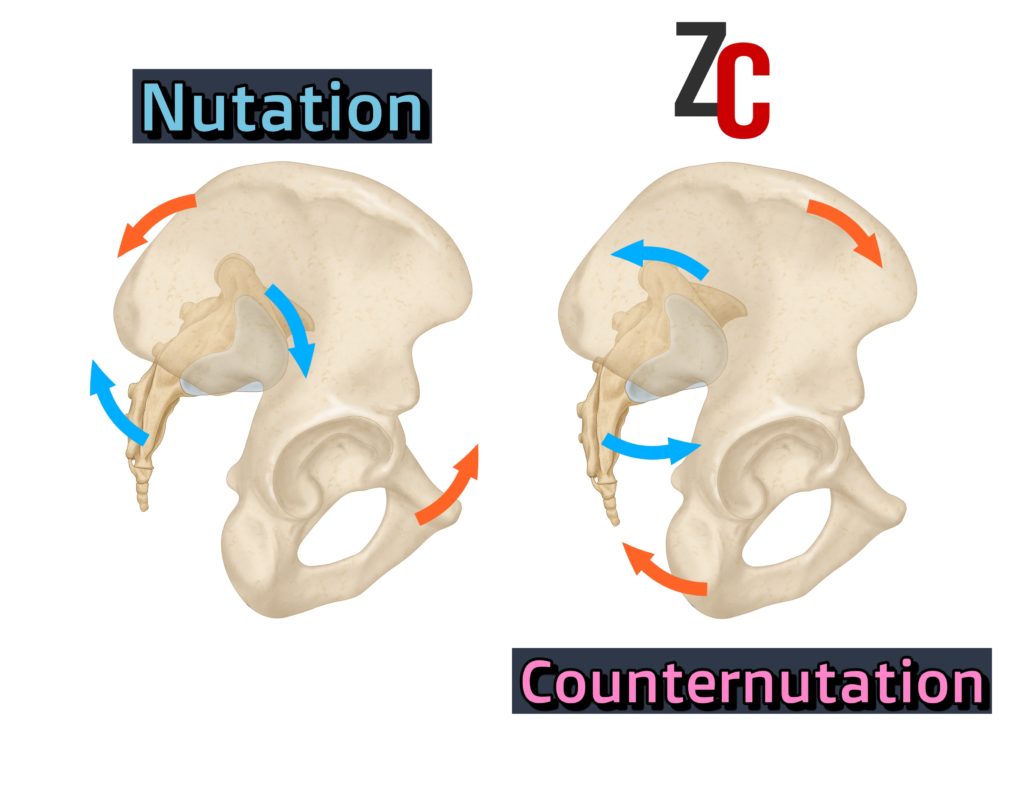Table of Contents
Unlock the Secrets to a Perfect Squat
You’re here because you want to know how to squat deeper, right? Well, you’re in luck.
I’ve found these moves to be WAY HELPFUL at improving squat depth. Getting results like this:
But to get your squat deeper, you first need to learn the biomechanics behind it.
Let’s get started!
Why Deep Squats Matter
Squatting deep isn’t only for crapping in the woods (or the desert if you’re in Vegas like me).
It’s crucial for effective lower-body workouts, muscle building, and even knee health. Plus, the deeper you can squat, the more mobility you’ll generally have.
So, if you’re not hitting the depth, you’re missing out on some serious gains.
Deep Squat Biomechanics The Biomechanics of Squatting Deep
Full squats need sacral counternutation. This movement is a combination of two movements:

- Sacrum tips backward
- Pelvic bones rotate forward and outward
This movement allows for hip external rotation, which is necessary for a full squat.
Limited external rotation = Limited squat depth.
So the big focus? Gain external rotation (ER).
We will do this by working through progressive hip flexion. As we move through the range, greater ER demands.
Let’s use that to our advantage.
Exercise 1: Wall Squat
This move works in the 0-60º hip flexion range, which helps expand the posterior upper pelvis. This area will be the target area for squatting deep!
How to do it:
- Stand a foot length away from the wall.
- Weight-bearing through the inside heel, big toe base, and PSIS.
- Squat down a quarter-way, keeping contact points heavy.
- Hold, silently breathe in through the nose, softly exhale through the mouth.
- Do 5 sets of 5 breaths, twice daily for 2-4 weeks.
Exercise 2: Side Plank Variation
This movement drives ER in deeper hip flexion than the wall squat.
How to do it:
- Weight bear through the bottom outside knee and wrist base.
- Use a ramp or books for support if needed.
- Tip the body forward and apply pressure down into the two points.
- Silent nasal inhale, soft and slow mouth exhale.
- Perform 4 sets of 5 breaths on both sides, twice daily for 2-4 weeks.
Exercise 3: Z Sit Side Plank
There is more pelvic rotation occurring in this move than prior. Increased rotation requires more motion overall. So if you can do the Z-sit, your posterior upper pelvis will expand like WHOA!
How to do it:
- One leg in front, the other at your side.
- Tip body forward, weight on the bottom outside knee and back inner knee.
- Press down through knee points and hand, and hold a side plank.
- Silent nasal inhale, soft and slow mouth exhale.
- Perform 4 sets of 5 breaths on both sides, twice daily for 2-4 weeks.
Exercise 4: Cicinelli Turtle Roll
This move ends all moves. You have deep hip flexion and TONS of ab activity. This will create posterior expansion along the entire spine. This expansion is the same posture we see in a deep squat.
How to do it:
- Knees together. Elbows together
- Yoga block between knees and elbows.
- Hands on the forehead.
- Inhale, kick legs back; exhale, roll forward.
- Work up to 10 full rolls, twice daily.
No Squat?
Throughout this process, you should be working on your squat. These supportive exercises will help you get more depth.
But there are certain things to consider when squatting.
First, kick things off by starting on a ramp. Using a ramp does 2 things:
- Prevents ankle motion from being a limiting factor.
- Biases leg ER, which can help you squat deeper
Next, focus on your breath. Inhale as you drop it low, and exhale as you rise back up!
Lastly, keep those arms as still as a statue. If your arms aren’t moving, your backside has no choice but to expand. This will allow you to squat deeper and not “hinge the squat.”
Sum Up
If you’ve been struggling with how to squat deeper, these exercises and tips should set you on the right path. Remember, it’s not just about going low; it’s about doing it right. As the great philosophers, The Ying Yang Twins once said: “Get low. Get low!”
To recap:
- Deep squats need sacral counternutation and hip ER
- Drive ER through progressive hip flexion. This will expand the posterior upper pelvis
- Use breathing, ramps, and still arms to help expand the spine. You’ll squat deeper than ever!

